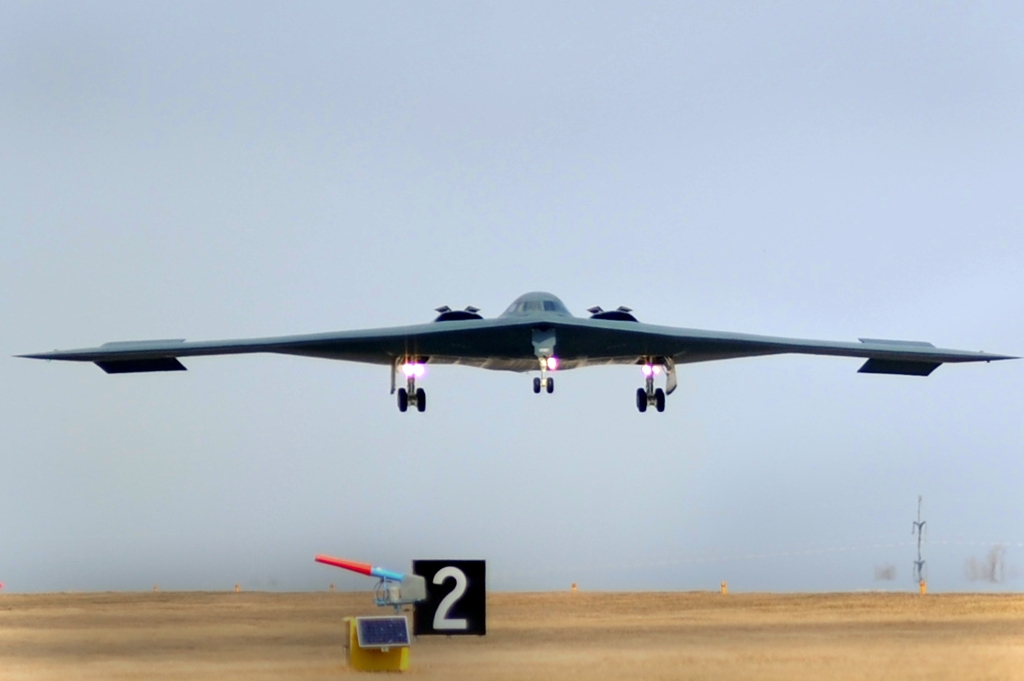
Printer-friendly version here.
Patrick Bury is a private security specialist since 2011 as well as a PhD Candidate at the University of Exeter’s Strategy and Security Institute and PS21 Global Fellow.
While events in post-revolutionary Libya have a propensity to move quickly, those of the past fortnight have evolved particularly rapidly, with further advances by Islamic State fighters and doubts about the UN-brokered negotiations process.
The first major incident occurred on the evening of 28 May when Islamic State (IS) forces, who already control the city of Sirte, seized Gardabiya airbase, 16 miles south of Sirte. The capture came after the Misratan 166 Battalion–which had been stationed at the base–withdrew, citing a lack of military support from the Tripoli-based and broadly Islamist General National Congress (GNC). Although it is unlikely that IS captured any operational aircraft, the fact that it seized Libya’s largest military airbase so easily is a worrying development.
On 5 June the town of Harawa, 45 miles east of Sirte, fell to IS, strengthening the group’s ability to strike further east towards Libya’s major oil terminals at Ras Lanuf and Es Sider. More bad news came on 9 June when up to 200 IS fighters attacked the 166 Battalion at the al-Khajil power plant, twelve miles west of Sirte, killing three and forcing the Misratans to withdraw. This IS advance effectively means that they now control the access points into Sirte and have left it in a strong position to advance to south to al-Waddan, a strategically located town in the Jufrah region that would give the group better control of lucrative smuggling routes.
Meanwhile, on the evening of 8 June, Bernardino León, the head of the United Nations Support Mission in Libya (UNSMIL), presented a ‘fourth and final’ draft Agreement on Political Transition in Libya to delegates from the GNC and its Tobruk-based rival, the House of Representatives (HoR). Having rejecting the third draft, the latest iteration makes concessions to the GNC by giving a new ‘State Council’ – the majority of whose members will be drawn from the Congress – the power to veto legislation before a national unity government presents it to the HoR for approval.
The proposal further complicates an already complex relationship between the executive and legislature in the proposed government. Unsurprisingly, many in the HoR camp have reacted angrily to this inclusion by rejecting the fourth draft and threatening to pull out of the negotiations process altogether. However, some in its ranks have been more positive, indicating that the HoR is divided on how to proceed, while the GNC has welcomed the draft. With the dust yet to settle and more bargaining to be done, the question is whether a political agreement can be reached before IS advances again. And with the month of Ramadan starting on 18 June, the pressure is on to get an agreement before then.Meanwhile, it is clear that the IS threat in Libya now has the potential to evolve rapidly. Although the movement remains fragmented and mainly concentrated in Sirte, Derna and Benghazi, further smaller attacks on Misratan-held checkpoints have indicated IS’ growing confidence in the region and their increasing tactical ability. Indeed, the 166 Battalion, one of the four strongest from a city with a reputation for the toughness and cohesiveness of its militias, were surprised by the size and rapidity of the IS assault on the al-Khajil power plant, which has struck genuine fear into its ranks.

While the Sirte-based IS certainly has links to the city’s population – some of whom are former Gaddafi sympathisers who have been excluded from power since the revolution and have nothing to lose by siding with the terrorist group – the influx of foreign fighters into its ranks is swelling its confidence and driving its territorial ambitions. Indeed, Libyan sources claim up to 70 percent of IS are Tunisians. Whilst this figure may well be inflated, there has clearly been an upsurge in young foreigners taking advantage of Libya’s fragmented political and security landscape to fight jihad. The past two weeks have shown that these fighters now possess the capability and intent to defeat one of the most organised and efficient militias in Libya. A coordinated and well-equipped military response is now required to reverse IS’ momentum, and while the Misratans are reportedly planning a counter-attack, they have so far proved reluctant to take on IS head-on.
With the negotiations process likely to stretch out, and the fact that NATO forces have a track record of working successfully with the Misratans, one potential course of action for the West at the moment could be to help assist the Misratans in containing IS while the political process continues. This could be done by special forces and/or air power, and would send a clear message that the West is not willing to let Libya – nor indeed Tunisia, where security is decreasing – suffer a similar fate to parts of Iraq. Convincing China and Russia to approve a UN Security Council Resolution authorising such action would likely prove difficult, but it may be worth considering in the interim if an agreement is not quickly forthcoming.
Project for Study of the 21st Century is a non-national, non-partisan, non-ideological organization. All views expressed are the author’s own.
